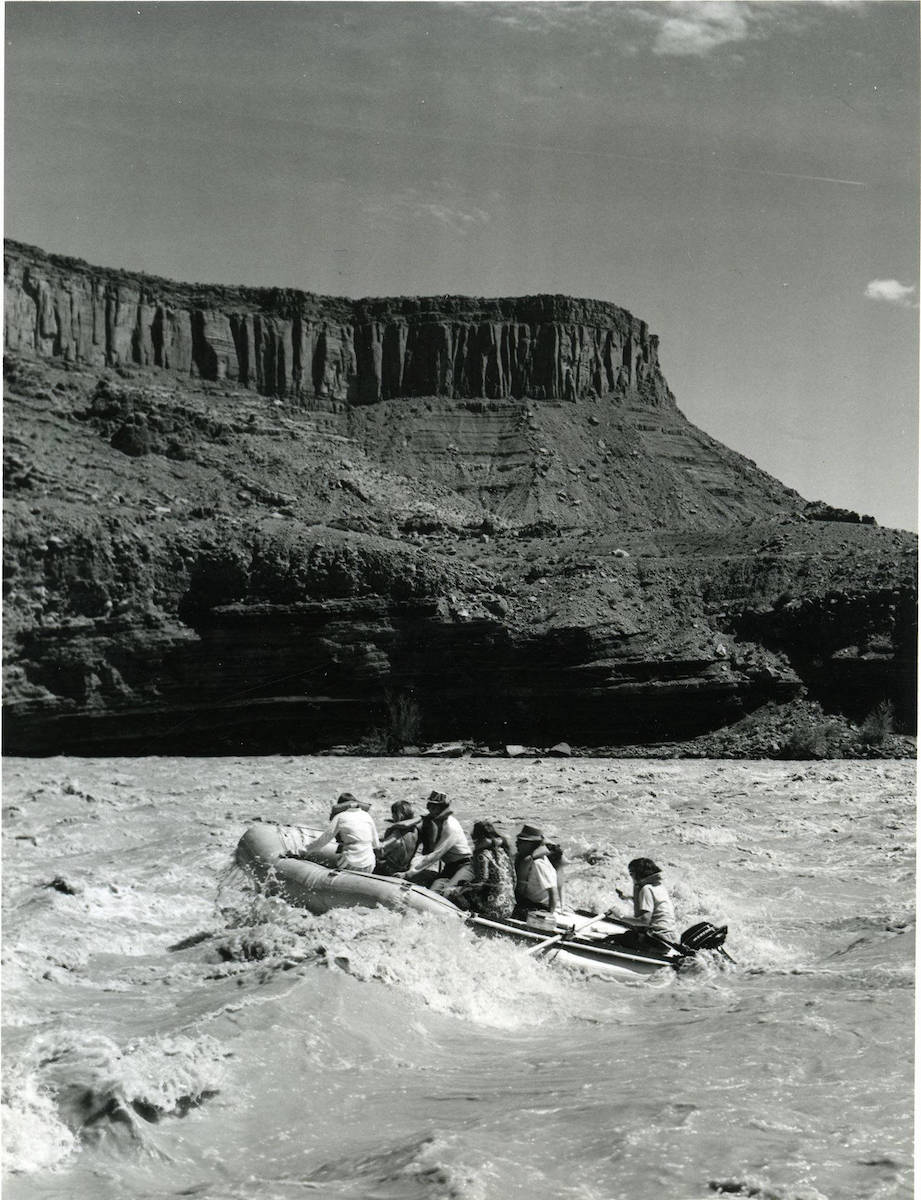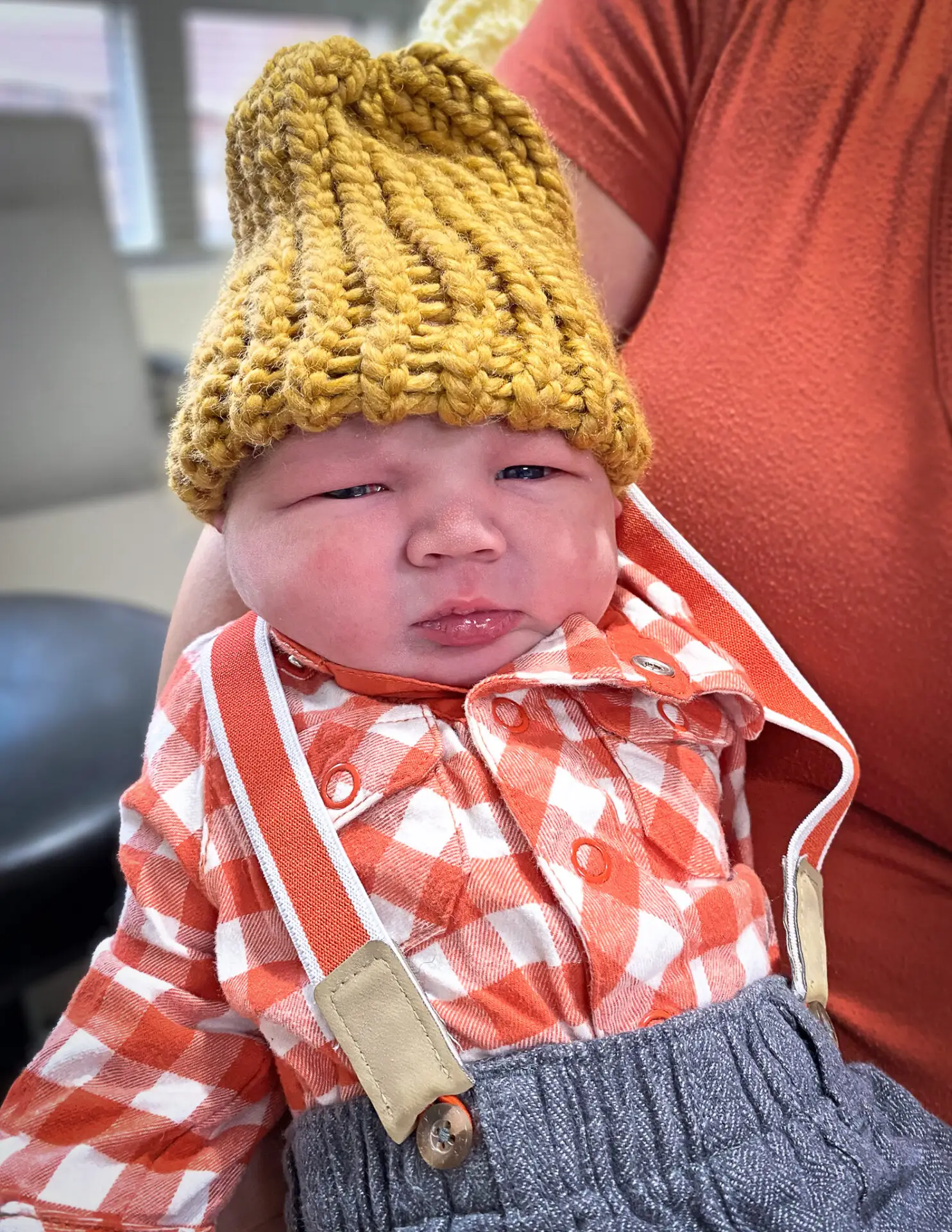Commercial river outfitters have long shaped Moab: from the economy to the local culture to the tourist experience. Today, guided trips on the Colorado River are a popular part of a Moab vacation, and river-running outfitters offer a wide variety of experiences ranging from mild trips to thrilling multiday adventures through rugged canyons and world-class whitewater.
Commercial river trips rose in popularity at the same time that Moab was becoming a tourism hotspot. As the uranium mining boom of the 1950s dried up, recreational tourism in the 1960s created new economic opportunities for Moabites, and outfitters redefined the experience for tourists coming to explore the Canyonlands region.
Mitch Williams was one of the early outfitters of the region, starting Tag-A-Long Tours in the early 1960s. The son of Moab’s first doctor, Dr. John Williams, Mitch Williams traveled extensively throughout canyon country, on foot, driving Jeeps, by boat, and even piloting his own plane. Tag-A-Long Tours allowed visitors to experience the backcountry by land and by boat and played a role in boosting tourism.
A wide variety of boats have been used by commercial river runners since the early days of river recreation. Soft-hulled boats made of rubber, neoprene, and other flexible materials became the standard for rapid running. Many of the early boats were made of long rubber tubes. The boats were “actually built for the US Army for use in the construction of pontoon bridges. When they became surplus, the river runners started to experiment with them and came up with some great rigs,” explained Mitch Williams in a 1990 Canyon Legacy article.
Popular commercial river-running boats like the “J-rig” were built originally from repurposed 22-foot tube outriggers from Army surplus boats, and design adjustments and innovations were made through trial and error, lucky accidents, and creative troubleshooting.
While much has changed about river-running through the decades, the palpable excitement of running rapids and the taste of Dutch oven fare cooked after a long day on the river remain. While the recreational opportunities and tourism scene in Moab has changed tremendously, river running continues to be a staple of the Moab recreational experience to this day.
The Moab Museum is dedicated to sharing stories of the natural and human history of the Moab area. To explore more of Moab’s stories and artifacts, find out about upcoming programs, and become a Member, visit www.moabmuseum.org.



